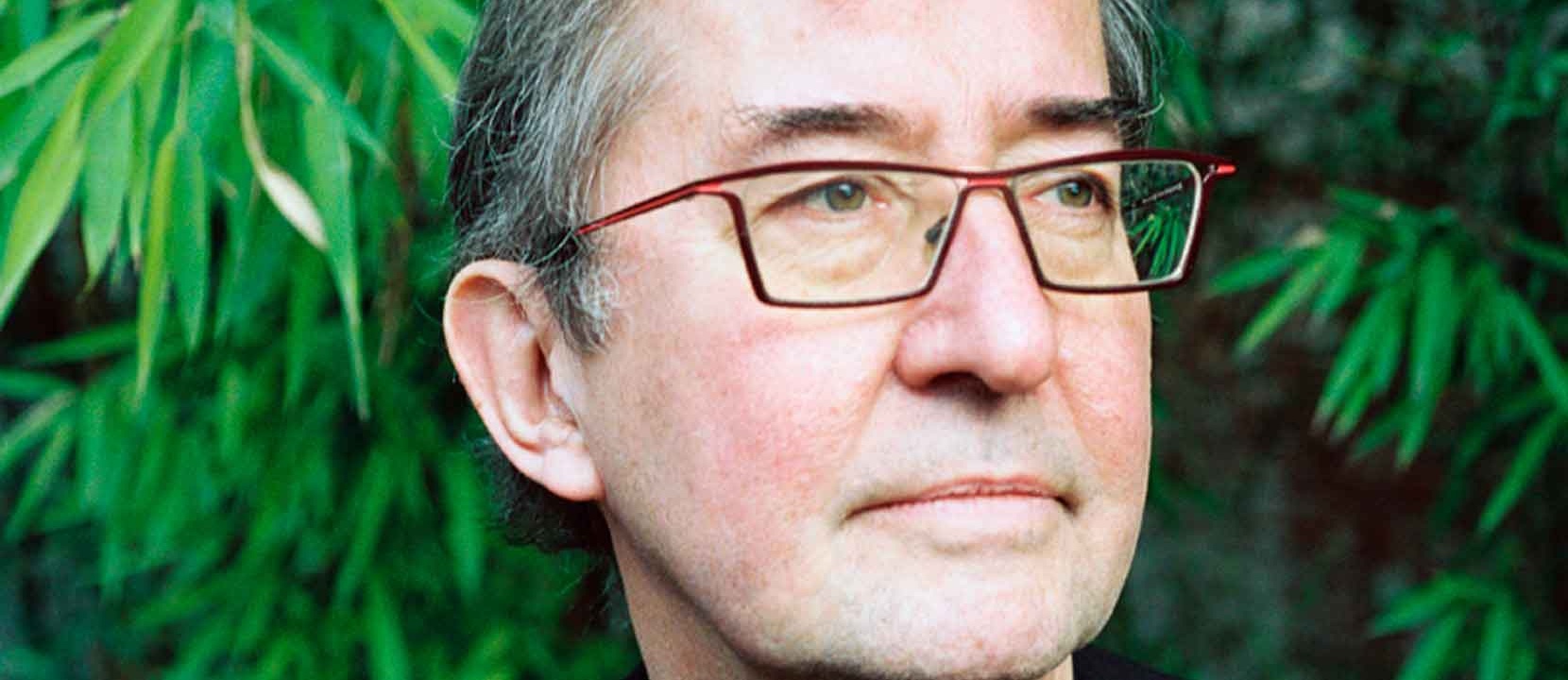With that beautiful image, dramaturge Marianne van Kerkhoven described the relation between the theatre and the outside world almost 25 years ago. Since then, the pressure on those walls from the outside has only grown greater and more intense. The world is changing quickly and drastically. New and compelling issues are forcing themselves upon us: the climate, migration, urban super-diversity, the #metoo movement, the social and political unrest in Europe…. The arts themselves are also giving a critical look at everything that is big-institution, white, hetero and male – the four categories that are considered historically responsible for exclusion and discrimination. And not without reason. These are not minor challenges!
All of these themes are directly or indirectly present in our productions, however different they may be from one another. Precisely because they are so different from one another. The German filmmaker Wim Wenders says somewhere, “The most important political decision you make is where you direct people’s eyes. In other words, what you show people, day in day out, is political.” The individual artistic choices of the different makers give a broad perspective on contemporary discussions. There have always been very big differences between the Toneelhuis makers, and that is deliberately so. The world can no longer be understood from one point of view alone.
For me, theatre has always been about understanding the present through the past in order to make a future possible. In turn, the past must repeatedly be critically evaluated through the insights of the present. Whose voices were not heard? What stories were suppressed? But also, what is worth taking to the future? People who don’t know their history walk around in the world deaf and blind. And so the tragedies of Sophocles and the slam poetry of Kate Tempest will be reaching out to each other next season.
Theatre is the preeminent place for dialogue – not only the dialogue between the past, present and future, but also and very concretely between different artists, the dialogue between different disciplines, the dialogue between the body and technology, between words and images, between text and music, between space and object…. And those dialogues find their necessity in the dialogue with you, the audience.
It will not have escaped your notice that I have decided to round off my term as artistic director at the end of 2021. The fact that there already have been intense discussions about a new interpretation of Toneelhuis and that different scenarios have been suggested for the future is something that I can only applaud. It proves that theatre is still a vital public place, a place for public experimentation. It makes it clear, in any case, that Toneelhuis is a place that matters in Antwerp and in Flanders. That has been one of my most important objectives as artistic director. Making the theatre of today. About today. For you.
The French philosopher Gilles Deleuze says: “We do not lack communication. On the contrary, we have too much of it. We lack creation. We lack resistance to the present.” Theatre is a medium of slowness, quietude and depth. In that regard, it is becoming increasingly unique. And it is in contrast to the fleetingness and impulsiveness of many other media. In Toneelhuis, these qualities of theatre have translated into long trajectories which we have traversed with a number of theatre-makers and with you, our audience. And we have not yet come to the end. We still have two fantastic seasons ahead of us, that I promise you. In the next hour, I will give you a foretaste of what to expect this season.
I started with a quote about theatre as a building. I would like to end with a quote as well. “In war the dark is on nobody’s side, in love the dark confirms that we are together,” says John Berger. Not just in love but also in theatre, when the lights go out, the dark confirms that we are together.
I thank you.

